Today is the start of hurricane season in the Atlantic Ocean. Lots of times people are curious how these storms are different from, say, a cyclone or typhoon. Well, there isn’t any difference other than where they start. Each storm is a low pressure system that forms in tropical or sub-tropical latitudes. Light winds develop in the troposphere (the area closest to earth) that generally generates winds with a speed to about 75 miles per hour after a trigger such as a convergence against another front.
But, how they get their name depends on where they start. Here is a graphic from Lagoon Inside that helps to clarify.
- Hurricane: Atlantic Ocean; Caribbean Sea; central and northeast Pacific Ocean
- Typhoon: Northwest Pacific Ocean
- Cyclone: Bay of Bengal, Arabia Sea; Southwest India Ocean; Southwestern Pacific; Southeastern India Ocean



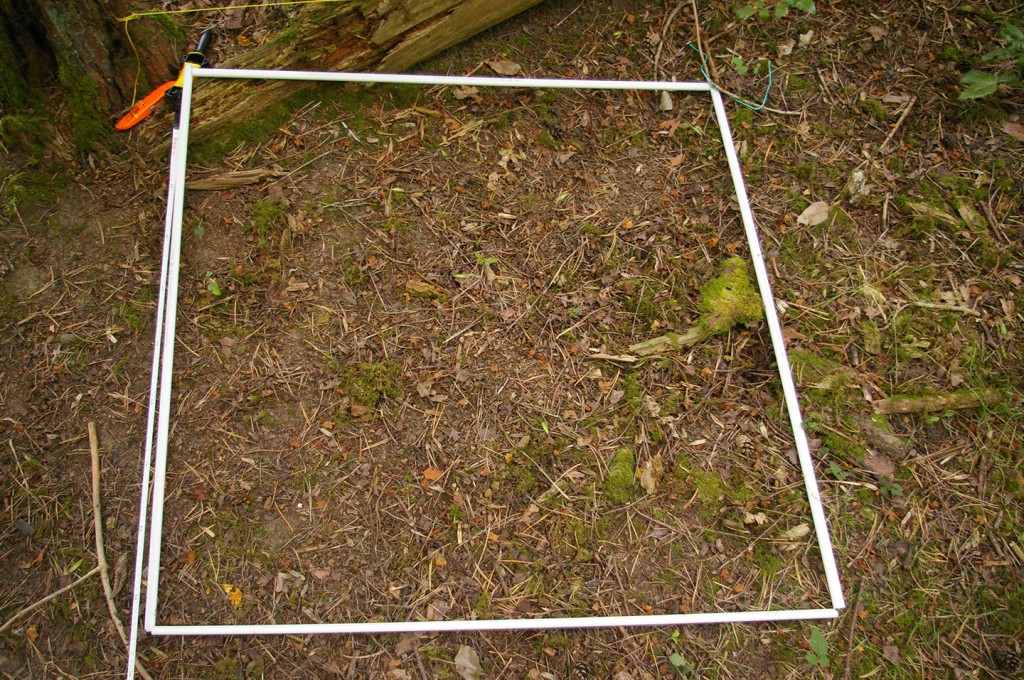 My co-workers and I went about as normal for this event and used the
My co-workers and I went about as normal for this event and used the 
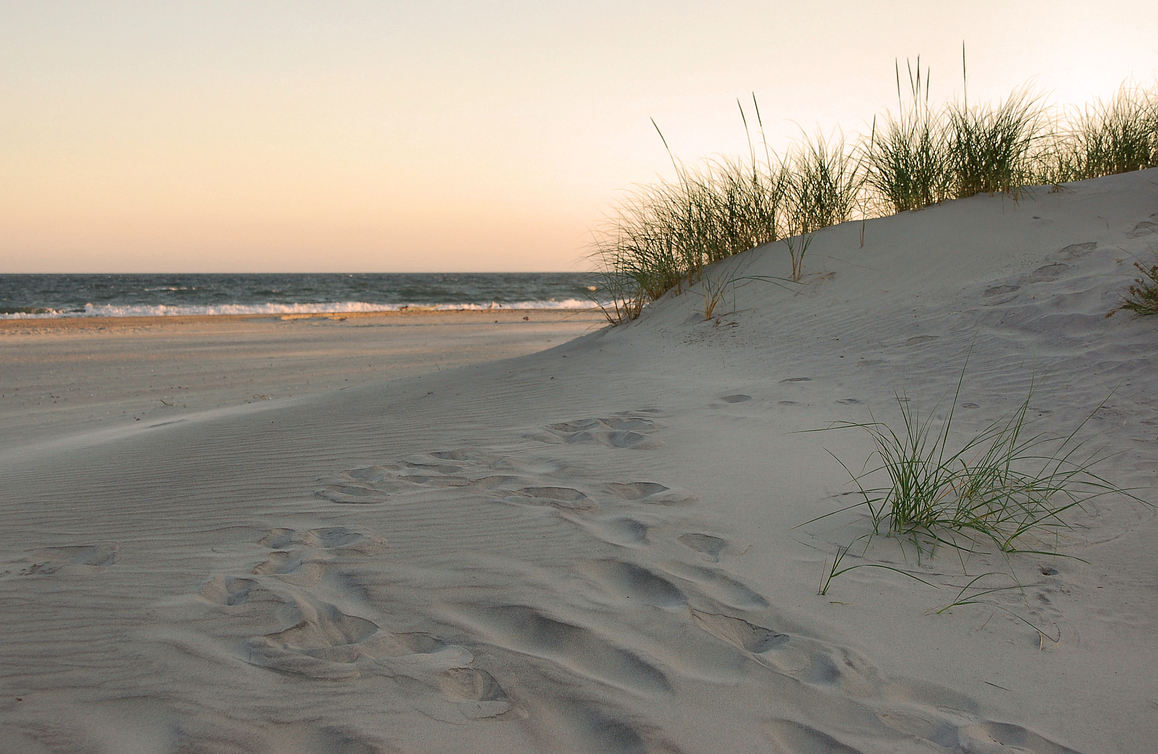
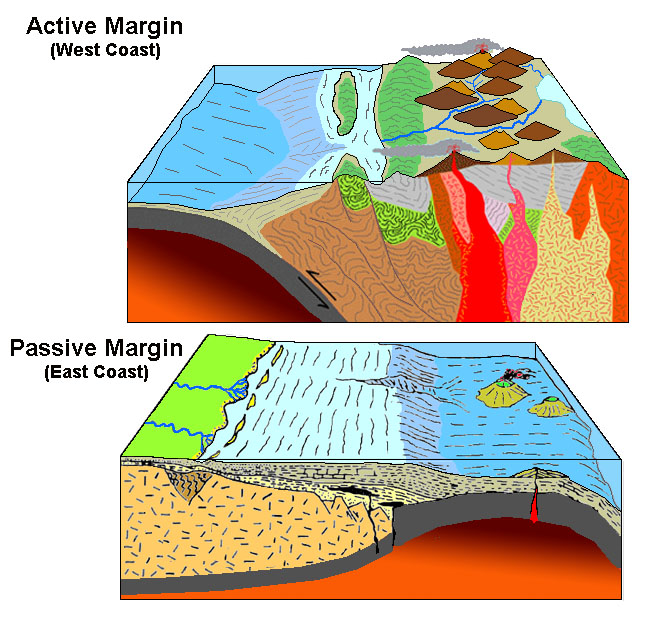

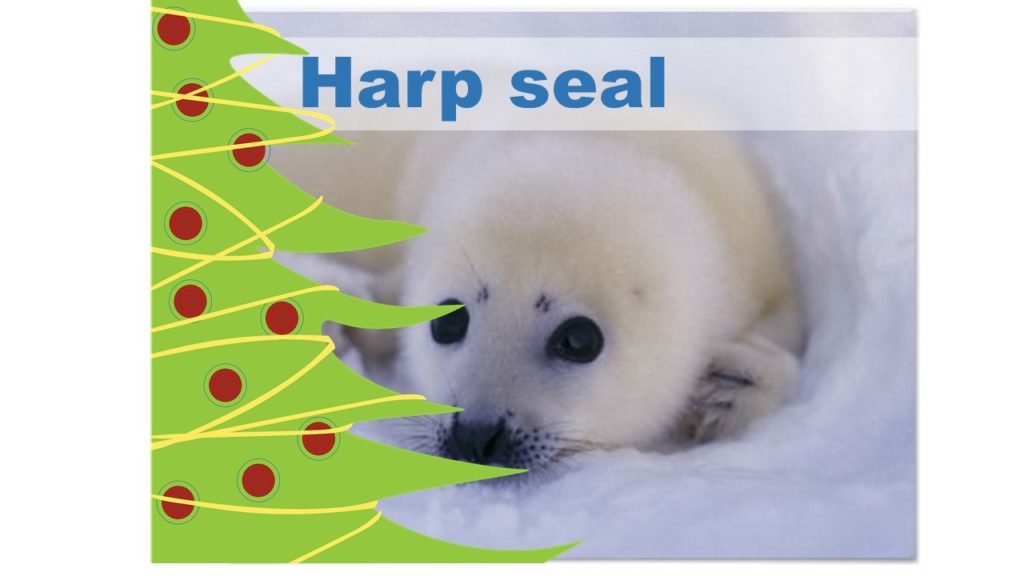
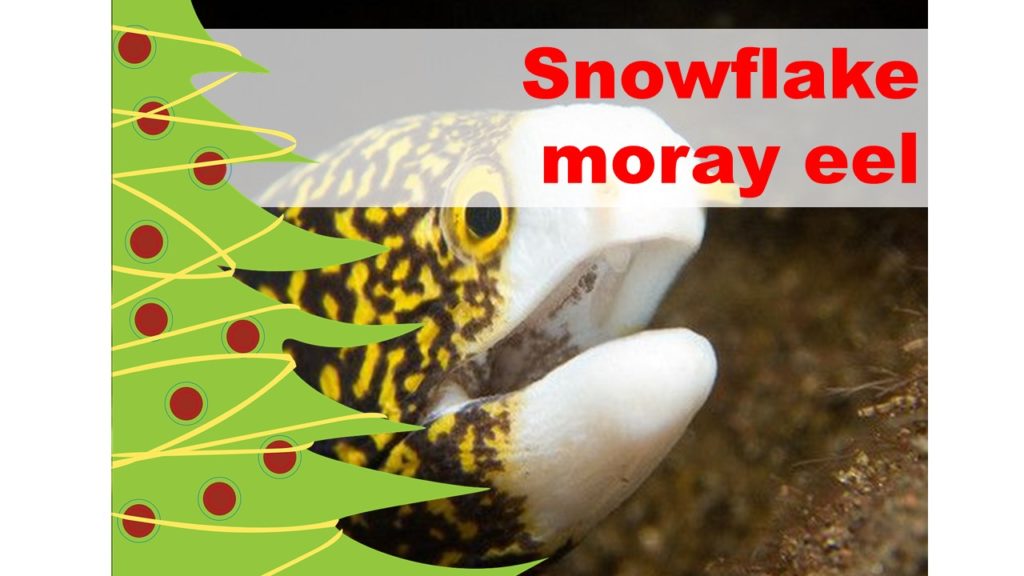









What people are saying …